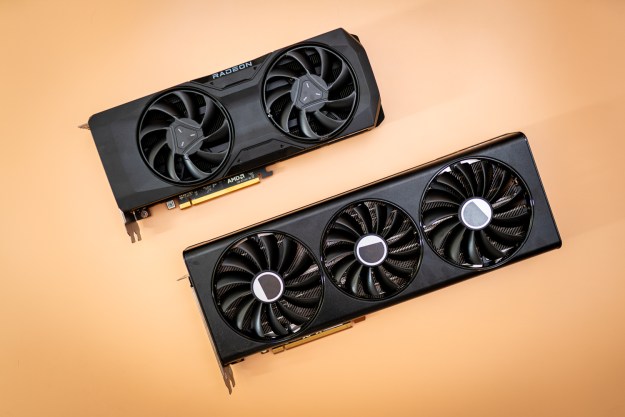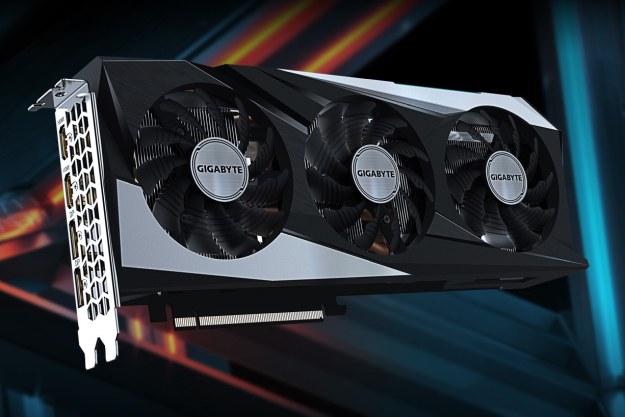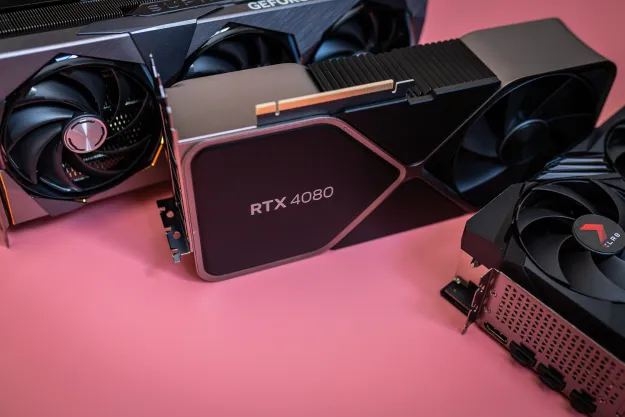Getting a good deal on a GPU is all about timing. Buy at the wrong time, and you’ll end up overpaying.
But I have good news for you. I’ve been closely monitoring GPU prices as we move through the final quarter of the year, and I’m seeing some really solid deals out there, with many of the best graphics cards coming in under their retail price. If you’ve been thinking of buying a graphics card, now is turning out to be a surprisingly good time.
Why is now the time to buy a GPU?
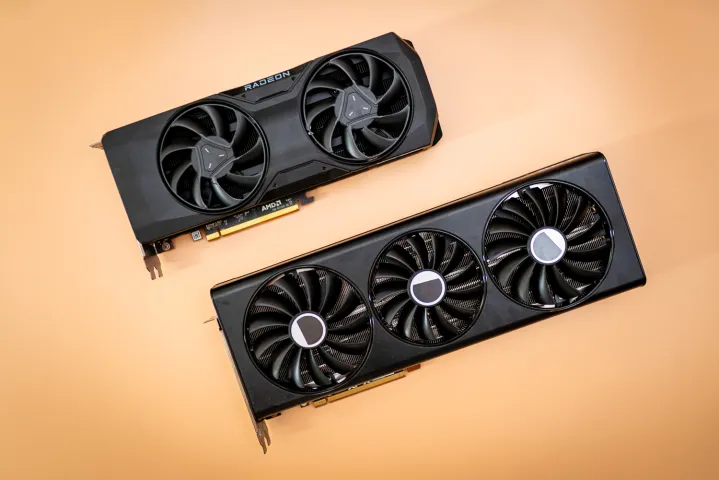
The times when graphics cards used to sell for 300% above the list price are long behind us. However, for the better part of 2022 and 2023, it was still hard to pick out a GPU to buy. It almost made me miss the GPU shortage — almost.
Before AMD and Nvidia filled out their respective lineups, we were mostly faced with a list of GPUs where something was always lacking. The RTX 4090 was there, but terribly expensive. The RTX 4080 followed, with solid performance and terrible value. AMD’s RX 7900 XTX and RX 7900 XT were great in their own right, but the mainstream sector was severely lacking. Nvidia’s offerings were overpriced, and AMD’s — well, they’re nonexistent.
Those days are over now.
Both AMD and Nvidia have filled out their respective lineups. We now have GPUs ranging from the budget-friendly RTX 4060 and RX 7600 to the monstrous RTX 4090 – and they’re all in stock.
While Nvidia isn’t exactly known for being budget-friendly, certain recent releases have pushed a few of those GPUs under their recommended list price. Some of those cards started out as fairly overpriced, so it’s nice to see the market even things out based on supply and demand. This is now the cheapest most of them have ever been.
AMD has seen some hefty price cuts too, and unlike Nvidia, it has a viable selection of GPUs from this current generation, as well as from the previous one. There are plenty of AMD cards still in stock, and in many cases, it might make more sense to buy RDNA 2 than RDNA 3. AMD is its own worst enemy right now in that regard.
We’re swimming in GPUs that are as affordable as they’re likely to be for some time. We’ve heard rumors of Nvidia releasing RTX 40 Super cards soon, but until that happens, further price cuts are unlikely. But with current-gen cards having lost their initial post-launch price bumps, and next-gen cards a long way away, now is the time to buy.
If you’re wondering which to buy, read on to see my recommendations for what to buy and what to avoid right now.
Nvidia RTX 40-series dips under retail price

If you’re in the market for an Nvidia GPU, the only GPU to really stay away from for pricing reasons is now the RTX 4090. Not only was it expensive to begin with, but its price has actually gone up in recent months, so you’d have to pay up to $200 to $300 extra on average to get it. However, if your heart is set on the 4090, it might be better to buy it now than later, as the U.S. government has recently restricted the shipment of this GPU to China and other countries, and the market has responded immediately with rising prices and low stock levels. Either before it gets worse or wait it out for a few months until things get back to normal.
Things are a lot better when we move down to the RTX 4080. This is one of the worst-value GPUs in this generation, having launched at $1,200, but you can find it for as little as now. That’s a far more reasonable (albeit still inflated) price for a solid 4K gaming GPU. Chances are that this GPU might drop even lower if Nvidia really does launch an RTX 4080 Super, but that probably won’t be until next year.
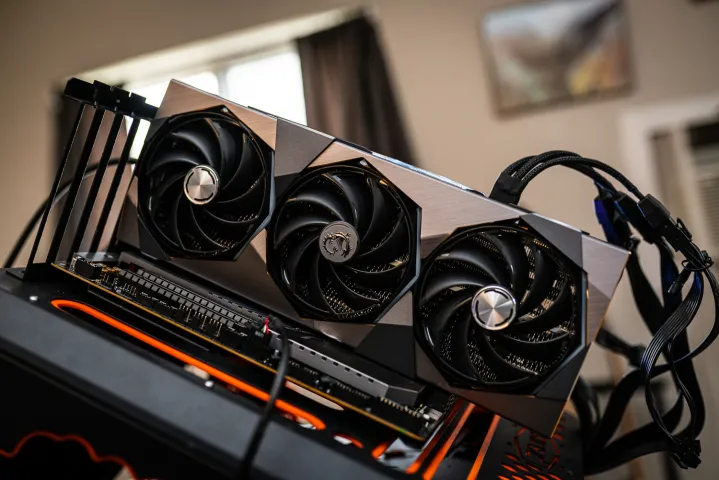
Most of the midrange options have dipped under MSRP too, which is a blessing, given that a lot of them were victims of Nvidia’s pricing strategy. The RTX 4070 Ti offers modest savings, with some models dropping down to . Many RTX 4070s are in the same boat, now priced at around , down from $600.
When it comes to Nvidia’s RTX 4060 Ti, be it the 8GB or the 16GB version, both the GPUs could really use a bit of a price cut as they’re not overly impressive. The 8GB version launched at $400 and can be found at from a less well-known manufacturer like Galax. The 16GB cards are few and far apart, but they’re close in performance to the 8GB version due to the narrow memory bus, so they’re not really worth it. But there are a couple of them priced at , knocking an extra $50 off of the MSRP.
The RTX 4060 generally holds up well, but it was never as poor a value as the Ti models to begin with. You can find it for , but most models are around the $300 MSRP.
What about last-gen RTX 30-series cards? My advice is to stick to current-gen options with Nvidia. A lot of the cards are now extremely overpriced or out of stock entirely. You may be able to find renewed models at a reasonable price, and the Ti cards are pretty cheap compared to their MSRPs, but they’re getting increasingly hard to come by.
AMD, AMD everywhere

If the price tag on the RTX 4080 still puts you off, the AMD equivalent is also cheaper than ever right now, although the savings aren’t quite as big. You can get the RX 7900 XTX for , and it’s a great option for 4K if you don’t mind passing on Nvidia’s DLSS 3. The RX 7900 XT was overpriced to begin with and saw a bigger price cut, dropping from $900 to $800.
AMD’s RX 7800 XT is actually slightly above MSRP right now — the only card in its lineup that hasn’t been discounted. However, the RX 6800 XT is only about 7% to 10% slower and costs , and the RX 6800 is down to . Either one of those three cards will work well in a 1440p setting, although, of course, the is the best pick. The RX 7700 XT sells at MSRP and is easy to overlook with the other three being priced similarly.
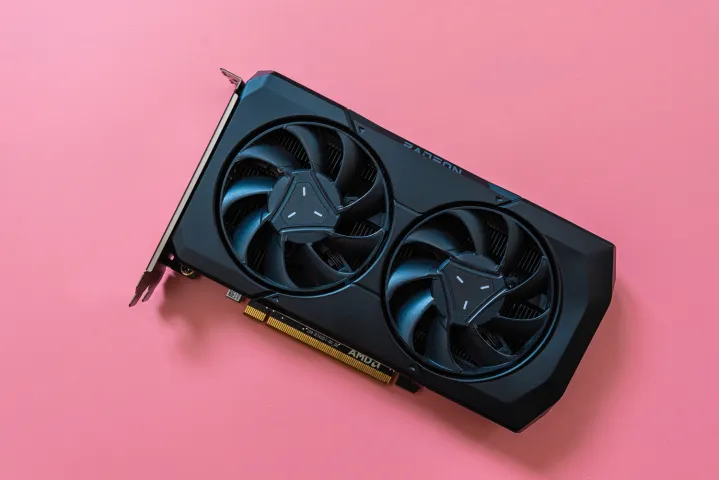
The RX 7600 launched as a cheaper rival to the RTX 4060 and immediately had its price slashed by a little bit. You can easily grab it for right now, and there are other GPUs from RDNA 2 that are similar in performance and price, too. Take your pick: There’s the RX 6650 XT for , the RX 6600 XT for , and the RX 6600 for .
Aside from the above, AMD has several interesting RDNA 3 cards that have dropped in price drastically over the last year or so. The RX 6950 XT is a strong contender for a 4K gaming GPU. It’ll be worse at ray tracing than its successors, sure, but it’ll also save you $300 since it costs right now. The RX 6900 XT makes a lot less sense as it’s priced at about the same.
Let’s not forget the RX 6700 XT, which is a solid alternative to Nvidia’s 4060 Ti and costs . The only downside is the lack of DLSS 3, which has been a major selling point for Nvidia in this generation.
But really, no matter which GPU you pick, it’s refreshing to see cards in stock and well below list price. Let’s hope that this trend will stick around and make PC gaming a little more affordable going forward.
Editors' Recommendations
- Graphics cards are selling again, and that worries me
- Don’t wait for new GPUs. It’s safe to buy a gaming laptop now
- Nvidia’s new GPUs could be right around the corner
- I’m scared of next-gen Nvidia GPUs, and you should be too
- Why it’s still a good time to buy an M2 MacBook Air


